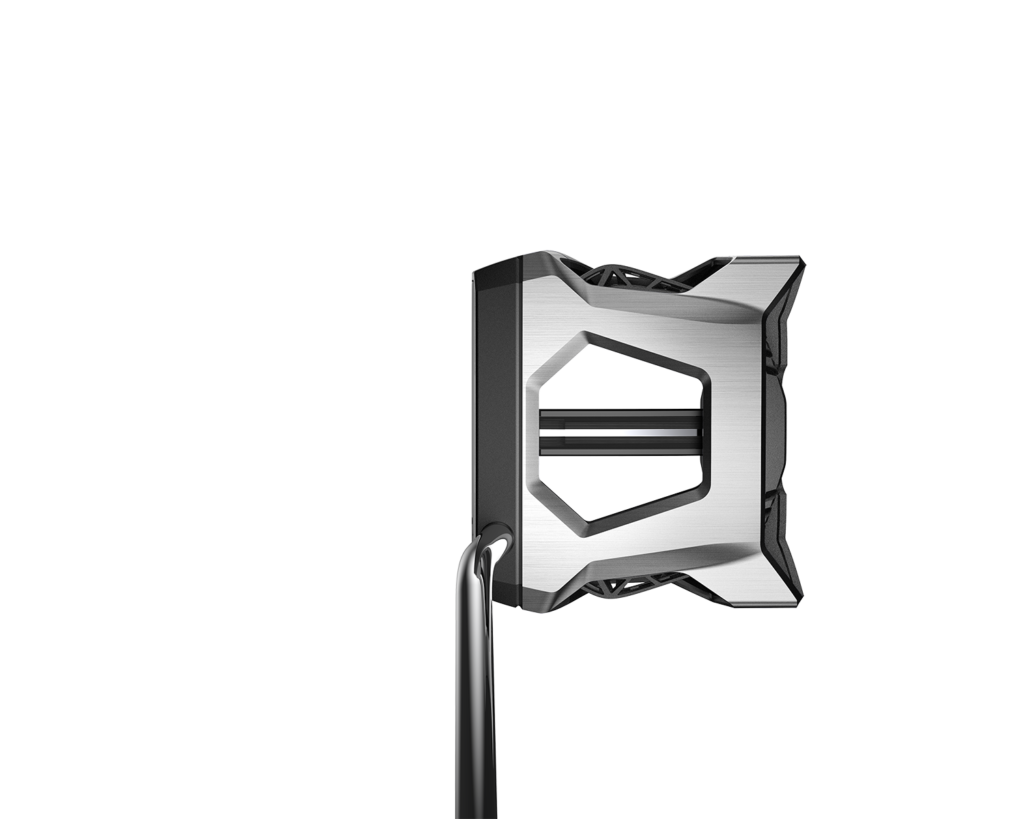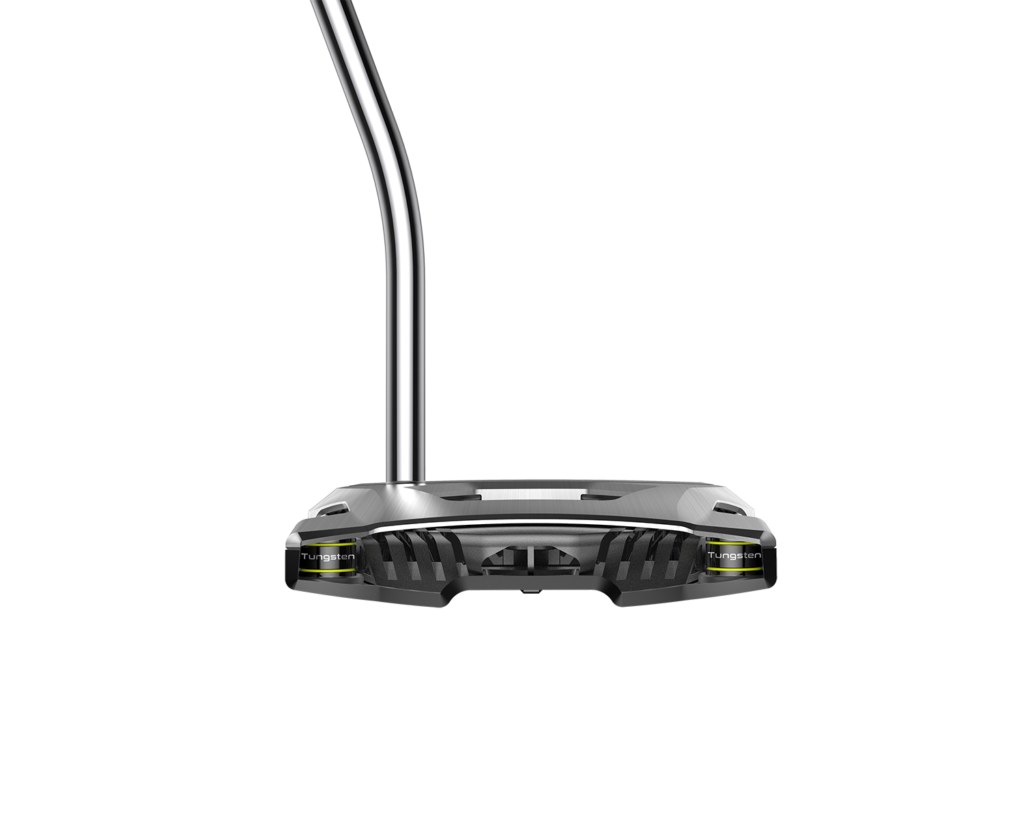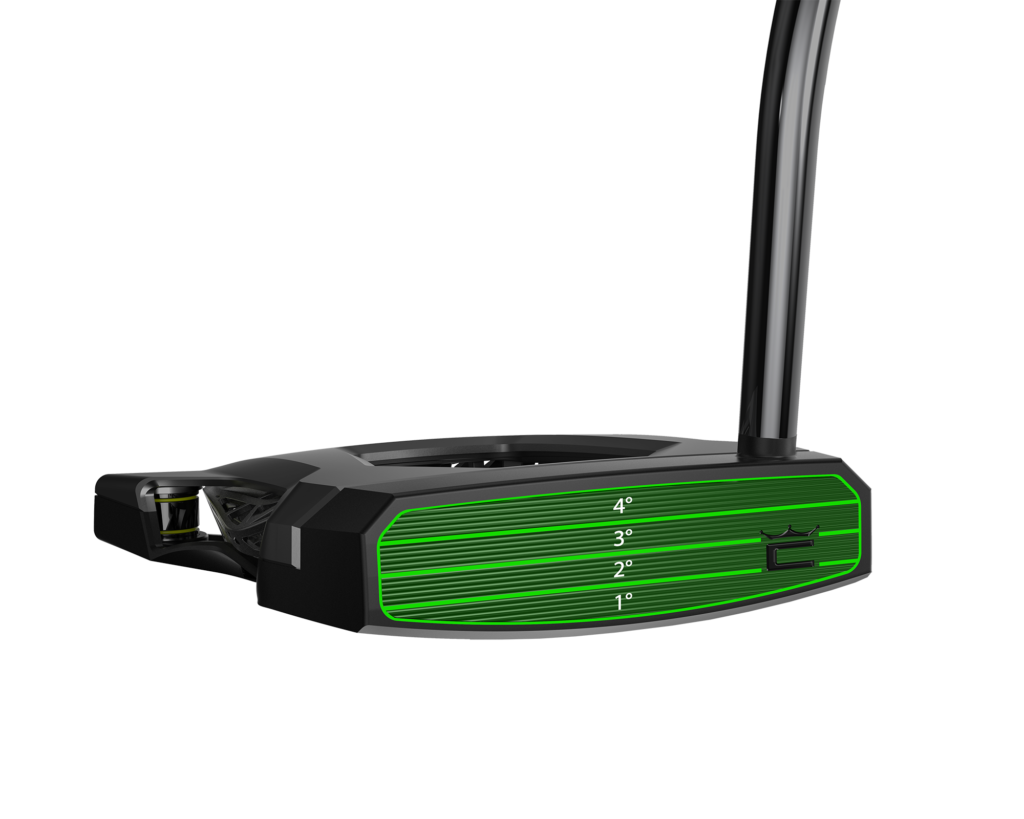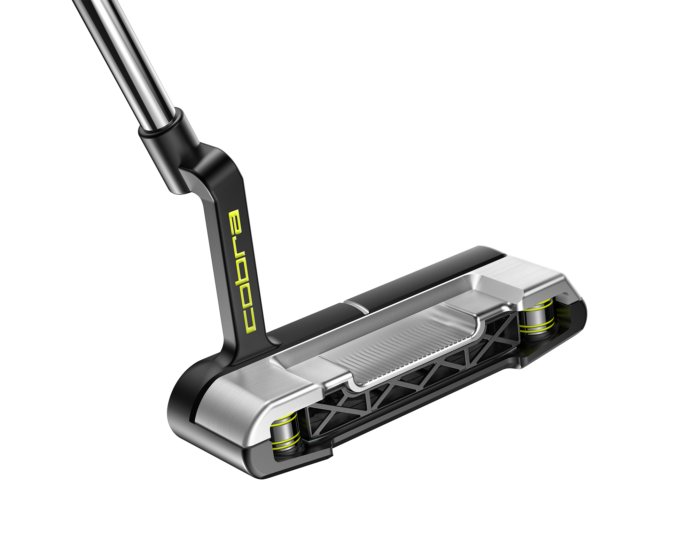A sneak peek at the upcoming May/June issue of 3D ADEPT Mag that will feature the use of AM in the sports industry in its “applications” segment
It is as if it was yesterday that COBRA Golf unveiled a 3D printed metal putter with the limited-edition KING SuperSport-35. And yet, that was last year and in the meantime, the golf club and golf equipment manufacturer did not rest on its laurels.
As part of the preparation of the upcoming May/June issue of 3D ADEPT Mag that will feature the use of AM in the sports industry in its “applications” segment, we sat down with Mike Yagley, VP of Innovation and AI at COBRA Golf. Together, we discussed the use of AM in the golf industry, their challenges, improvements they expect from AM technologies’ providers as well as what we can expect from them in terms of Golf products manufactured using AM technologies.
Our conversation was very timely as COBRA Golf is officially entering the putter market today, with the KING 3D Printed Series, its first complete line of 3D Printed multi-material putters.
COBRA states that the KING 3D Printed Putter Series is the result of a multi-year collaboration between its team and HP; a collaboration that began with the launch of the LE SuperSport-35 putter. As part of their collaboration with HP, the COBRA team first leveraged Metal Jet (metal 3D printing) and gradually geared the manufacturing operations towards Multi-Jet (Nylon) 3D printing in order to make the most of weight-saving benefits of nylon (which is about half the mass of aluminum).
The choice for AM was pivotal in the product development cycle
Let’s be honest. At first glance, a golf club is a relatively simple object which is made up of a head, a shaft and a grip but its manufacturing process is far from simple. Indeed, the clubhead alone requires about 400 people to be effectively completed.
Furthermore, while castings and forging are the primary conventional manufacturing processes that used to be considered for the fabrication of these products, Yagley told us that the manufacturing process requires a lot of work: grinding, polishing, finishing, cutting grooves, handwork, sometimes chrome or painting, to name a few of the tasks.
Therefore, in order to cut down the product development cycle (and for other reasons that will be described in the May/June issue of 3D ADEPT Mag), the COBRA team decided to turn to AM. While focussing on the fabrication of the KING 3D Printed Series, the VP of Innovation and AI explained that not all parts can be manufactured using traditional processes. The intricate 3D printed lattice cartridges for instance, are a good illustration of this argument. The catridges are pivotal to creating discretionary weight and achieving the highest MOI possible in each putter model.
(MOI stands for “moment of inertia.” This measurement (grams per centimeter squared) shows how much resistance a clubhead has to twisting.)
Apart from weight optimization, the lattice cartridge also acts as a supporting structure to the body and damps vibrations and fine tunes sound. The 3D printed lattice structure delivers therefore a high MOI design for enhanced stability and roll performance in three distinct models – The GrandSport-35 (OS Blade), SuperNova (OS Fang), and the Agera (OS Mallet). The company reveals that each model features a steel chassis, a forged aluminum crown, tungsten weights, and a SIK Face Insert to deliver unmatched stability and roll consistency on every putt.

3D_AGERA_PUTTER 
3D_AGERA_PUTTER_BACK

As far as manufacturing technologies are concerned, the 3D Printed multi-material putters required the combination of HP’s proprietary 3D Printing Technology with SIK Golf’s patented Descending Loft Technology (DLT). The latter integrates four descending lofts on the face to fabricate a consistent launch angle and roll for different putting styles and stroke consistencies. In other terms, SIK’s DLT helps to achieveweight savings and soft, yet crisp feel at impact.
“We’re extremely excited to launch our new family of 3D printed putters, continuing our partnership with HP, utilizing their Metal Jet Technology to innovate and transform the way golf equipment is manufactured through the use of 3D printing, an extremely effective process in the design and development of our new putter line,” said Jose, VP Marketing & Product Architecture, Cobra Golf. “We are extremely excited for golfers to try our new 3D printed putters, while each is unique, they all deliver advanced stability, forgiveness and roll performance that will make putting easier for golfers of all levels.”
Stay tuned to learn more about KPI (key performance indicators) that are analysed to measure the performance of a 3D printed golf putter, key areas for improvements when it comes to AM technologies and further details about KING 3D Printed Series.
All of this will be featured in the “Applications” segment of the upcoming May/June issue of 3D ADEPT Mag alongside key insights from 3D printer manufacturers, and engineers who have dedicated their work to the enhancement of running performance through 3D-printed lattice design.
Remember, you can post job opportunities in the AM Industry on 3D ADEPT Media free of charge or look for a job via our job board. Make sure to follow us on our social networks and subscribe to our weekly newsletter : Facebook, Twitter, LinkedIn & Instagram ! If you want to be featured in the next issue of our digital magazine or if you hear a story that needs to be heard, make sure to send it to contact@3dadept.com






